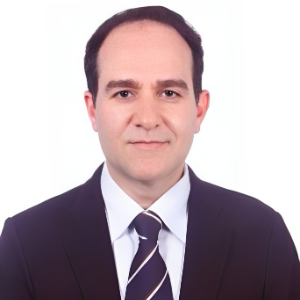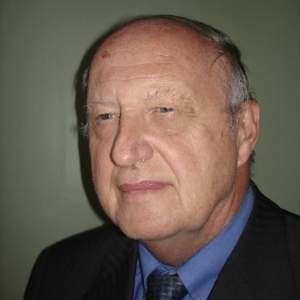Wet-chemical synthesis is a type of chemical reaction or process that utilizes liquid chemical reagents to produce a desired product. It is a versatile technique used in a variety of applications, including the production of pharmaceuticals, polymers, and nanomaterials. The process involves the use of reagents, solvents, and catalysts to bring about desired chemical changes. Depending on the desired outcome, different reaction conditions and techniques may be employed to achieve the desired product. Wet-chemical synthesis has been used in the production of various pharmaceuticals, such as antibiotics and anti-cancer drugs. In such cases, the reagents used are often polar molecules that interact with the active sites of the drug molecules. This interaction causes the desired chemical change, resulting in the formation of the desired drug compound. The process is also used to produce polymers, such as polyethylene and polypropylene. Here, the reagents and solvents used are often organic compounds, such as alcohols and organic acids. The reaction conditions are tailored to allow the desired polymerization process to occur. In addition, wet-chemical synthesis is also used to produce nanomaterials. This is often done through a process known as colloidal synthesis, which involves the dispersion of small particles of metals or semiconductors in a liquid medium. The particles are then subjected to an electric field, causing them to form nanoscale structures. This process is used to produce a wide range of nanomaterials, including nanocrystals and nanotubes.

Thomas J Webster
Hebei University of Technology, United States
Hossein Hosseinkhani
Innovation Center for Advanced Technology, Matrix, Inc., United States
Hai Feng Ji
Drexel University, United States
Paulo Cesar De Morais
Catholic University of Brasilia, Brazil
Azzedine Bensalem
Long Island University, United States
Robert Buenker
Wuppertal University, Germany
Rafal Kozubski
Jagiellonian University in Krakow, Poland
Sylwia Wcislik
Kielce University of Technology, Poland
Raman Singh
Monash University-Clayton Campus, Australia


Title : Circumventing challenges in developing CVD graphene coating on mild steel: A disruptive approach to remarkable/durable corrosion resistance
Raman Singh, Monash University-Clayton Campus, Australia
Title : Highlighting recent advancements in electromagnetic field subwavelength tailoring using nanoparticle resonant light scattering and related topics
Michael I Tribelsky, Moscow State University, Russian Federation
Title : The impact of nanomedicine: 30,000 orthopedic nano implants with no failures and still counting
Thomas J Webster, Hebei University of Technology, United States
Title : Logistic-modified mathematical model for tumor growth treated with nanosized cargo delivery system
Paulo Cesar De Morais, Catholic University of Brasilia, Brazil
Title : Current and future of red and black phosphorus nanomaterials
Hai Feng Ji, Drexel University, United States
Title : Azodye photoaligned nanolayers for liquid crystal: New trends
Vladimir G Chigrinov, Hong Kong University of Science and Technology, Hong Kong
Title : Atomistic simulation of chemical ordering phenomena in nanostructured intermetallics
Rafal Kozubski, Jagiellonian University in Krakow, Poland
Title : The enhanced cytotoxic effect of curcumin on leukemic stem cells via CD123-targeted nanoparticles
Wariya Nirachonkul, Chiang Mai University, Thailand
Title : Efficiency of nanoparticles (Micromage-B) in the complex treatment of multiple sclerosis
Andrey Belousov, Kharkiv National Medical University, Ukraine
Title : Innovative method of nanotechnology application in the complex treatment of multiple sclerosis
Andrey Belousov, Kharkiv National Medical University, Ukraine